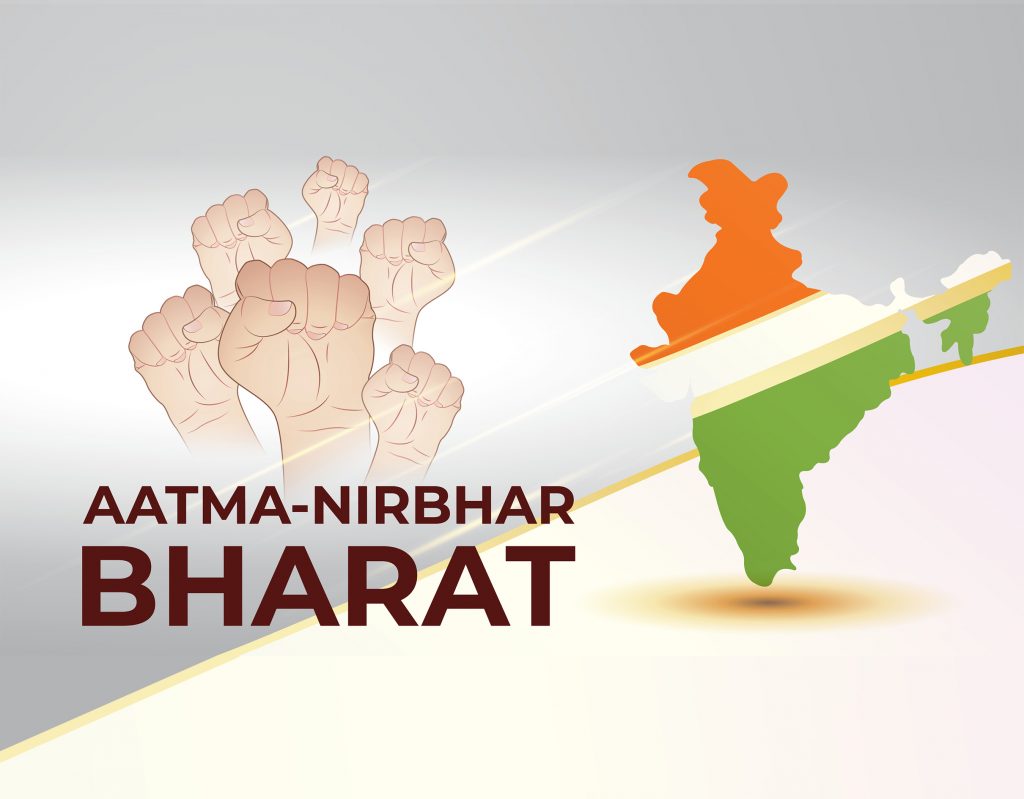
The much awaited Covid-19 Relief cum Stimulus package came in 5 tranches. The Rs 20 trillion package amounting to 10 percent of the GDP is a tall claim since it includes all the monetary measures announced by the RBI and the credit guarantees given by the government. The actual fiscal stimulus is around 1.5 percent of the GDP. Considering the enormity of the crisis it can be rightly argued that this stimulus is indeed inadequate. But it is important to appreciate the fact that India’s resources are limited and there are no easy ways out.
There is no free lunch
India has done well to provide free food grains of 5 KGs per person plus pulses of 1 kg ensuring that no one goes hungry. Many NGOs are doing great work feeding the hungry. Looking at the issue from the enormity of the migrant crisis, the relief certainly appears inadequate. But it is important to appreciate the fact that in economics “there is no free lunch.” Everything that is given free has a cost. Very generous handouts will involve externalities, that might lead to bad consequences, and these might prove worse than the remedy.
Emerging markets like India cannot print our way out of this crisis
A major demand from many sections including economists is that we should monetise the deficit. Part monetization of the deficit is already happening through Open Market Operations, higher W & M advances and TLTROs announced by the RBI. But arguing for massive monetization of the deficit to put unaffordable amounts in the accounts of the suffering people would be good politics and great social concern, but poor economics. Examples of higher stimulus announced by the developed countries like the US, Japan and members of the European Union are irrelevant from the emerging market perspective. With dollar as the reserve currency, the US can print with gay abandon. Developed countries with high credit rating do not have to bother about rating downgrade and its consequences. But emerging markets are in a different boat. Fiscal profligacy will drown the boat. That’s why emerging market relief cum stimulus packages are much smaller.
Take India’s case. Our revenues are crashing and the GDP is sure to contract. Our combined fiscal deficit this year would be around 13 percent of the GDP, one of the highest in emerging markets. Our domestic debt to GDP which is presently at 70 percent will race to 80 percent by the end of the year. Among emerging markets, only Brazil has a higher debt to GDP ratio. With this fragile fiscal backdrop, if we monetise the deficit beyond reasonable limits, it will invite an inevitable rating downgrade and the wrath of the markets. It is important to understand that we are already at the lowest rung of investment grade rating. One notch downgrade will push us into junk grade, capital flight and crash of the rupee. That would be a remedy worse than the disease.
Opening up the economy would be the best stimulus
It is clear by now that we will have to learn to live with the virus for many months to come. The best relief/ stimulus would be to open-up with safeguards. The massive unemployment is largely involuntary unemployment caused by the lockdown. With opening up, jobs and incomes will come back and we can limb back to growth. Relief is palliative; cure is growth. So open-up to bring back growth. We have no choice but to live with the virus for some time.










